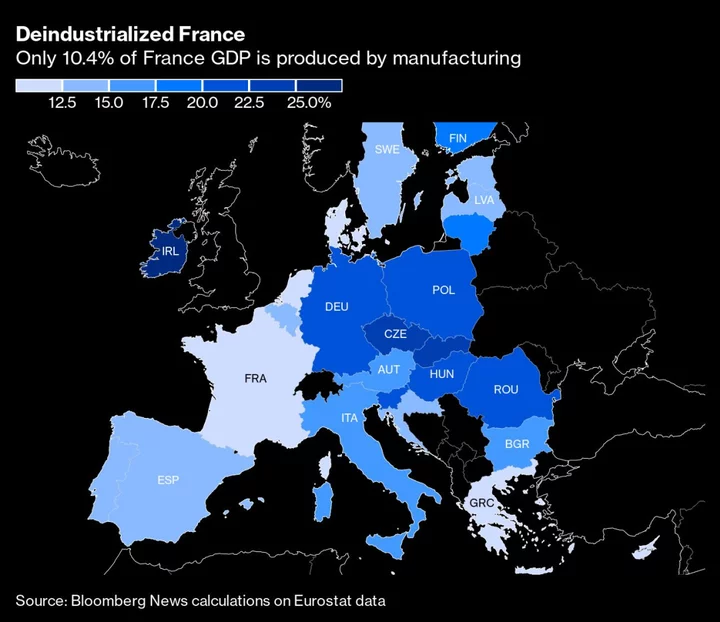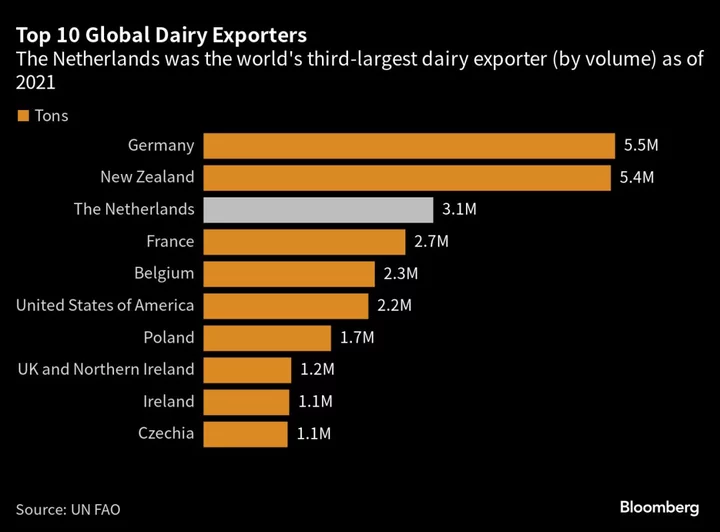Australia could face economic losses of as much as A$423 billion ($274 billion) in reduced productivity if global action fails to halt extreme climate change, one of a raft of challenges in the coming decades along with an aging population and waning growth.
The nation’s productivity could be cut by between 0.2% to 0.8% under worst case scenarios in which a rise in global temperatures exceeds 3C (37F), according to the Australian government’s latest Intergenerational Report (IGR) which was released on Thursday.
While the Paris Agreement seeks to hold planetary warming to 1.5C, the United Nations Intergovernmental Panel on Climate Change has warned the world is already on track to cross that threshold as soon as the 2030s. Australia’s own climate policies are currently insufficient with efforts to stay within that limit, according to Climate Action Tracker, a research project led by nonprofit groups.
The productivity slide would be a “significant economic cost,” the Intergenerational Report said, reducing economic output by between A$135 billion and A$423 billion in today’s dollars. That’s before additional impacts on Australia’s lucrative tourism and agriculture sectors from global warming, it added.
High Costs
Treasurer Jim Chalmers said the report highlighted that tackling climate change was a “global environmental and economic imperative.”
“The IGR makes clear the costs that could come with rising temperatures, the impact on specific sectors like agriculture and tourism, plus, the vast scale of investment needed to respond — some additional A$225 billion, to decarbonize heavy industries and transition our energy system,” he said, speaking at the National Press Club.
Earlier: Wildfire’s Toxic Legacy Has Children Gasping for Air Years Later
Productivity growth will slow to 1.2% a year over the coming decades, while the population is expected to expand at a slower rate, rising to 40.5 million people by the year 2063.
Chalmers emphasized the potential economic benefits of acting quickly to tackle the challenges highlighted, including bulking up Australia’s critical minerals sector to take advantage of a natural abundance in lithium, cobalt and rare earths.
Critical minerals are the “opportunity of the century,” he said.
The report foresaw a mixed picture for Australia’s economic future over the next 40 years. While the economy is expected to more than double in size and incomes will increase by 50%, GDP growth is forecast to slow to an annual rate of 2.2% while the number of people over age 85 will more than triple.
--With assistance from Amy Bainbridge.









